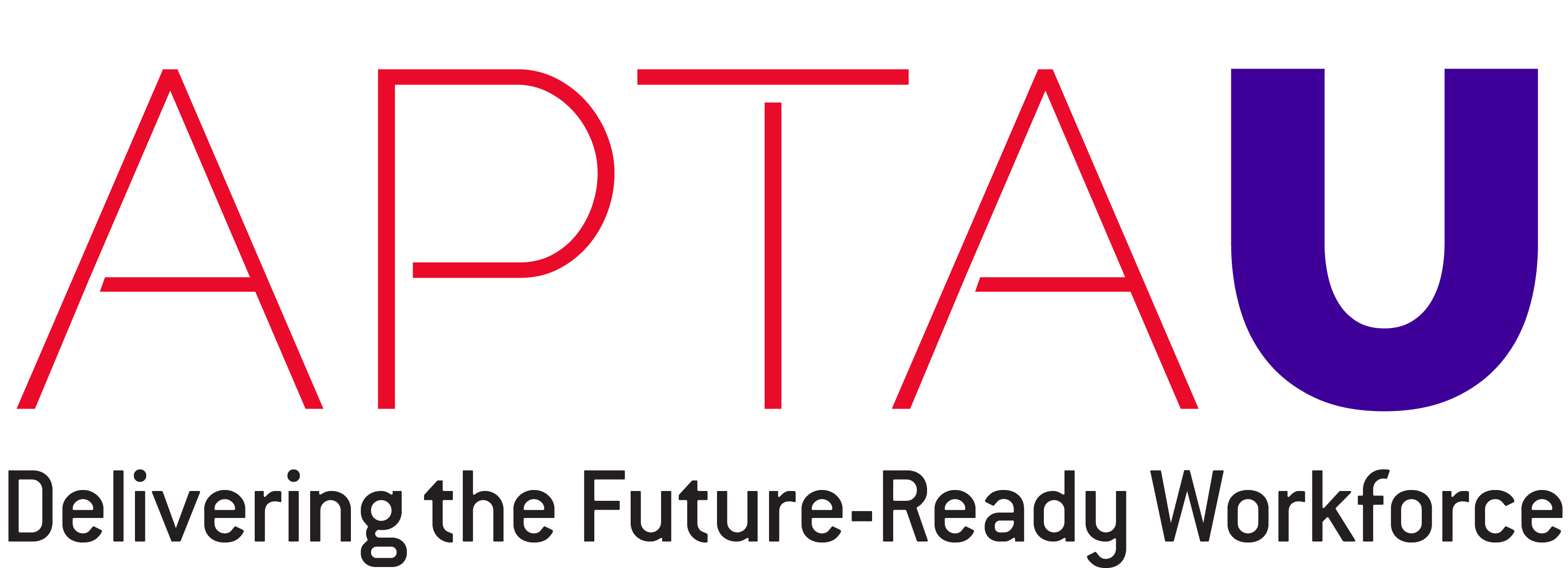
How to Serve the Underserved: Recruiting and Retaining Workers Through a More Inclusive Lens
-
Register
- Member - Free!
Already registered?
Log in now.
Transit plays a critical role in promoting social equity by serving the underserved—not only by offering transportation but also by providing high-quality career opportunities. Through their hiring and workplace culture, transit serves populations such as people of color, those from low-income communities, immigrants, veterans, women, justice-impacted people, and people living with disabilities. Key take aways from this volume include:
- Seek out community partners. Organizations that serve underserved populations have much to offer to workforce development and can help with recruiting, placement, wraparound services, ongoing support, and retention.
- Reach out to underserved populations directly. Transit organizations should ensure that their workforce development efforts extend to underserved communities, including Historically Black Colleges and Universities.
- Be aware of special needs. Underserved populations may require different kinds of support to be successful than employers have traditionally provided. This could include physical accommodations, housing and childcare assistance, schedule flexibility, and workforce readiness training.
- Provide support networks. Assigning new employees a buddy or mentor, and connecting them with appropriate employee affinity groups, helps them feel connected and supported in the workplace.
- Think holistically. Creating workforce development programs that serve underserved populations is about more than adequate transit staffing. Designed properly, these programs can make a big difference in the lives of individuals and the quality of the community as a whole.
See the full list of APTA Workforce Mini-guides
